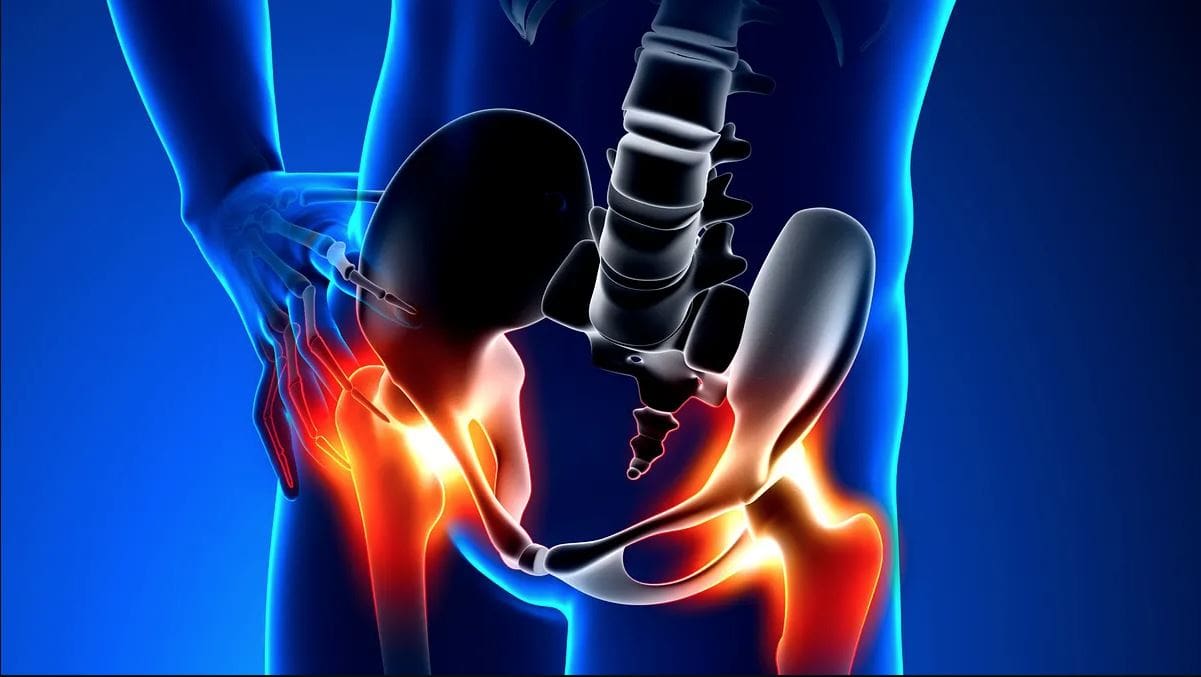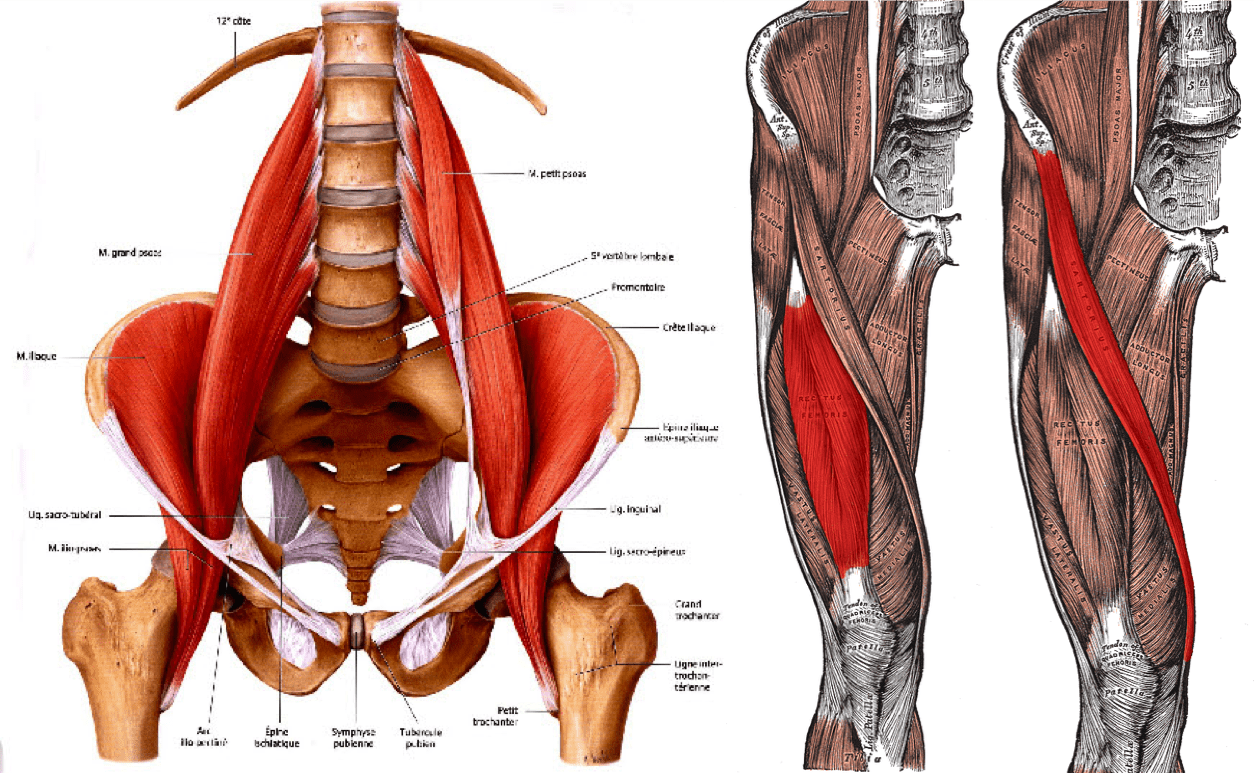Table of Contents
Introduction
The hips play a crucial role in maintaining stability and mobility in the body. However, incorrect actions can lead to misalignment and pain in the hip muscles, causing discomfort and affecting other muscles and joints. This article focuses on the hip flexor muscles and how assessing them with MET therapy can reduce pain and restore hip mobility. We utilize and incorporate valuable information about our patients to certified medical providers using MET therapy to relieve chronic muscle pain associated with the hip flexor muscles. We encourage and refer patients to associated medical providers based on their findings while supporting that education is a remarkable and fantastic way to ask our providers the essential questions at the patient’s acknowledgment. Dr. Alex Jimenez, D.C., comprises this information as an educational service. Disclaimer
What Are The Hip Flexor Muscles?
Do you have any pain in your hips? Does shifting your weight from one side to the other help relieve the pain? Do you feel pain shooting down from your hips to your legs? These symptoms may be due to pain in your hip flexor muscles. Research studies reveal that these muscles support other muscle groups like the trunk and legs, allowing for proper muscle activity when lifting your legs straight during functional tests for the hips and pelvis. The hip flexors in your hips consist of six muscles that aid in stability and mobility:
- Psoas Major
- Iliacus
- Rectus Femoris
- Sartorius
- Adductor Longus
- Tensor Fasciae Latae
Additional studies have revealed that the hip flexor muscles are crucial in supporting the lower back and maintaining stability. These six muscles aid in hip movements such as deep flexion, adduction, and external rotation, among other functions. The relationship between the hip flexors and the lumbar spine is particularly strong. However, if these muscles become tight, it can negatively affect performance and lead to other issues.
Hip Pain Associated With The Musculoskeletal System
Hip pain can be caused by tight hip flexor muscles, which can be affected by various factors such as health issues, injuries, or environmental factors. Research studies have shown that lower extremity injuries can reduce performance and cause pain-like symptoms associated with the musculoskeletal system. Tight hip flexors can be caused by prolonged sitting, incorrect lifting, or repetitive actions, leading to stretched or shortened muscles and the development of nodules. This can contribute to musculoskeletal disorders and uneven hips. Various treatments are available to realign the body and strengthen the hip flexor muscles.
Non-Surgical Solution: Chiropractic Care- Video
Do you struggle with instability while walking or find yourself leaning more on one leg than the other? Perhaps you experience constant hip pain. Misalignment in the hips caused by environmental factors can lead to instability and pain-like symptoms associated with tight hip flexor muscles. These issues can cause musculoskeletal disorders that overlap and result in spinal subluxation. Research studies mentioned that it could be difficult to diagnose hip pain because it often presents as referred pain from the lumbar spine or knee joint. This means uneven or tight hips could cause low back or knee pain. Treatments are available to reduce hip pain and gently stretch flexor muscles. The video above demonstrates how chiropractic care can offer non-surgical solutions to realign the body and relieve stress in the surrounding muscles.
Assessing The Hip Flexors With MET Therapy
If you are experiencing stiffness or pain in your hips due to tight hip flexors, you can improve your mobility and prevent future issues in several ways. Studies have revealed that physical therapy involving RICE (rest, ice, compression, and elevation) can help restore muscle strength and range of motion. Soft tissue treatment combined with physical therapy can also be effective in restoring hip mobility. In their book “Clinical Application of Neuromuscular Techniques,” Dr. Judith Walker DeLany, L.M.T., and Dr. Leon Chaitow, N.D., D.O. explain that Muscle Energy Techniques (MET) can gently stretch the hip flexor muscles and restore mobility and range of motion in the hip joint. MET therapy can lengthen tight hip flexor muscles, reduce referred pain, and improve the hip’s function.
Conclusion
When the hips and the muscles around them start to cause pain that spreads to the rest of the body, it can lead to uncomfortable symptoms that cause people to shift their weight to compensate for the pain. This can happen because of environmental factors like sitting for too long or overstretching the muscles, which makes the hip flexors tight and can lead to pain in the hips and lower back. However, physical therapy combined with muscle energy techniques (MET) can help relieve the pain and realign the hips with the body. These treatments let the body naturally heal the affected muscles so that people can be pain-free.
References
Ahuja, Vanita, et al. “Chronic Hip Pain in Adults: Current Knowledge and Future Prospective.” Journal of Anaesthesiology, Clinical Pharmacology, 2020, www.ncbi.nlm.nih.gov/pmc/articles/PMC8022067/.
Chaitow, Leon, and Judith Walker DeLany. Clinical Applications of Neuromuscular Techniques. Churchill Livingstone, 2003.
Konrad, Andreas, et al. “The Influence of Stretching the Hip Flexor Muscles on Performance Parameters. A Systematic Review with Meta-Analysis.” International Journal of Environmental Research and Public Health, 17 Feb. 2021, www.ncbi.nlm.nih.gov/pmc/articles/PMC7922112/.
Mills, Matthew, et al. “Effect of Restricted Hip Flexor Muscle Length on Hip Extensor Muscle Activity and Lower Extremity Biomechanics in College-Aged Female Soccer Players.” International Journal of Sports Physical Therapy, Dec. 2015, www.ncbi.nlm.nih.gov/pmc/articles/PMC4675195/.
Tyler, Timothy F, et al. “Rehabilitation of Soft Tissue Injuries of the Hip and Pelvis.” International Journal of Sports Physical Therapy, Nov. 2014, www.ncbi.nlm.nih.gov/pmc/articles/PMC4223288/.
Yamane, Masahiro, et al. “Understanding the Muscle Activity Pattern of the Hip Flexors during Straight Leg Raising in Healthy Subjects.” Progress in Rehabilitation Medicine, 16 Feb. 2019, www.ncbi.nlm.nih.gov/pmc/articles/PMC7365227.
Disclaimer
Post Disclaimer
Professional Scope of Practice *
The information herein on "Assessing Hip Flexors With MET Therapy" is not intended to replace a one-on-one relationship with a qualified health care professional or licensed physician and is not medical advice. We encourage you to make healthcare decisions based on your research and partnership with a qualified healthcare professional.
Blog Information & Scope Discussions
Welcome to El Paso's Wellness blog, where Dr. Alex Jimenez, DC, FNP-C, a board-certified Family Practice Nurse Practitioner (FNP-C) and Chiropractor (DC), presents insights on how our team is dedicated to holistic healing and personalized care. Our practice aligns with evidence-based treatment protocols inspired by integrative medicine principles, similar to those found on dralexjimenez.com, focusing on restoring health naturally for patients of all ages.
Our areas of chiropractic practice include Wellness & Nutrition, Chronic Pain, Personal Injury, Auto Accident Care, Work Injuries, Back Injury, Low Back Pain, Neck Pain, Migraine Headaches, Sports Injuries, Severe Sciatica, Scoliosis, Complex Herniated Discs, Fibromyalgia, Chronic Pain, Complex Injuries, Stress Management, Functional Medicine Treatments, and in-scope care protocols.
Our information scope is limited to chiropractic, musculoskeletal, physical medicine, wellness, contributing etiological viscerosomatic disturbances within clinical presentations, associated somato-visceral reflex clinical dynamics, subluxation complexes, sensitive health issues, and functional medicine articles, topics, and discussions.
We provide and present clinical collaboration with specialists from various disciplines. Each specialist is governed by their professional scope of practice and their jurisdiction of licensure. We use functional health & wellness protocols to treat and support care for the injuries or disorders of the musculoskeletal system.
Our videos, posts, topics, subjects, and insights cover clinical matters, issues, and topics that relate to and directly or indirectly support our clinical scope of practice.*
Our office has reasonably attempted to provide supportive citations and has identified the relevant research studies or studies supporting our posts. We provide copies of supporting research studies available to regulatory boards and the public upon request.
We understand that we cover matters that require an additional explanation of how they may assist in a particular care plan or treatment protocol; therefore, to discuss the subject matter above further, please feel free to ask Dr. Alex Jimenez, DC, APRN, FNP-BC, or contact us at 915-850-0900.
We are here to help you and your family.
Blessings
Dr. Alex Jimenez DC, MSACP, APRN, FNP-BC*, CCST, IFMCP, CFMP, ATN
email: coach@elpasofunctionalmedicine.com
Licensed as a Doctor of Chiropractic (DC) in Texas & New Mexico*
Texas DC License # TX5807
New Mexico DC License # NM-DC2182
Licensed as a Registered Nurse (RN*) in Texas & Multistate
Texas RN License # 1191402
ANCC FNP-BC: Board Certified Nurse Practitioner*
Compact Status: Multi-State License: Authorized to Practice in 40 States*
Graduate with Honors: ICHS: MSN-FNP (Family Nurse Practitioner Program)
Degree Granted. Master's in Family Practice MSN Diploma (Cum Laude)
Dr. Alex Jimenez, DC, APRN, FNP-BC*, CFMP, IFMCP, ATN, CCST
My Digital Business Card




